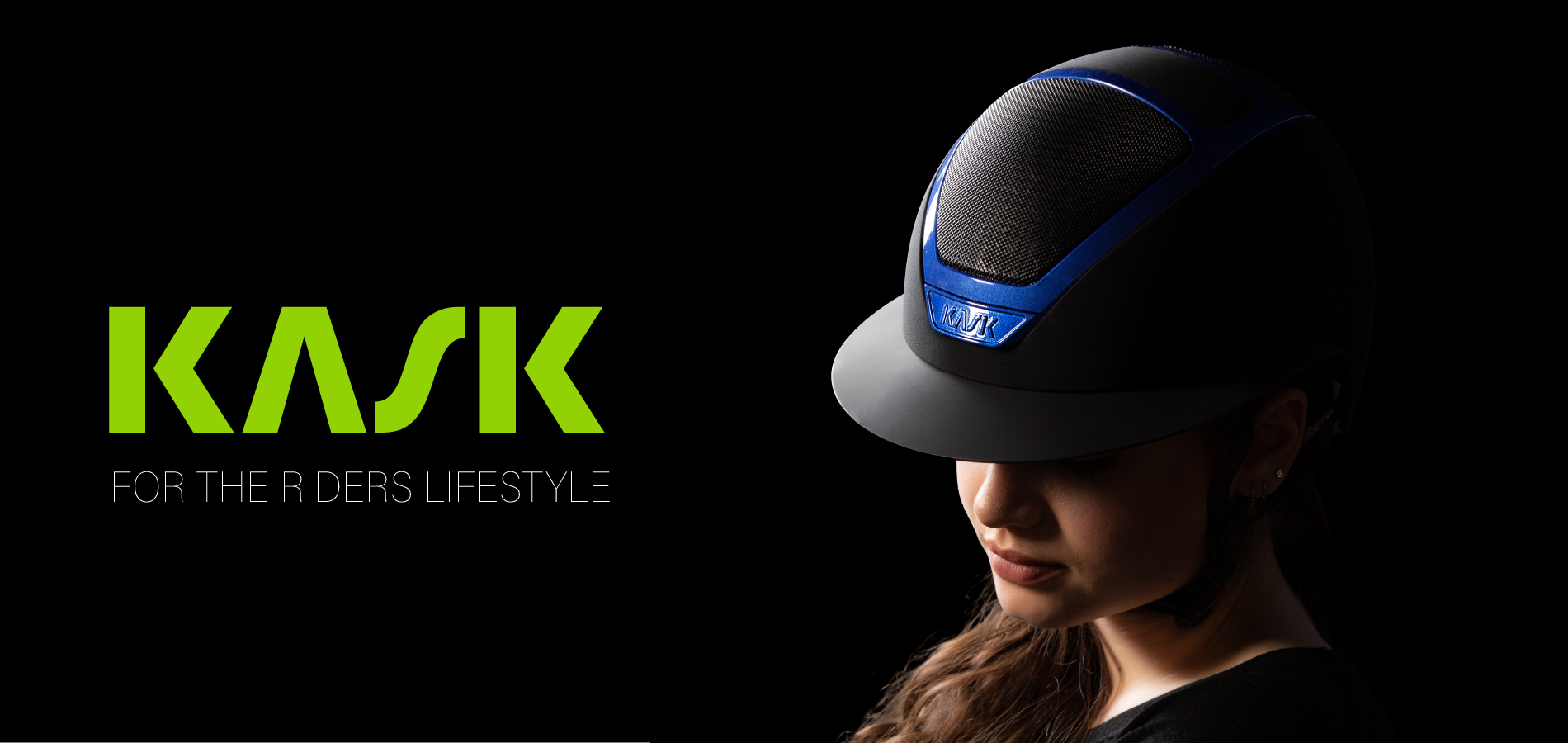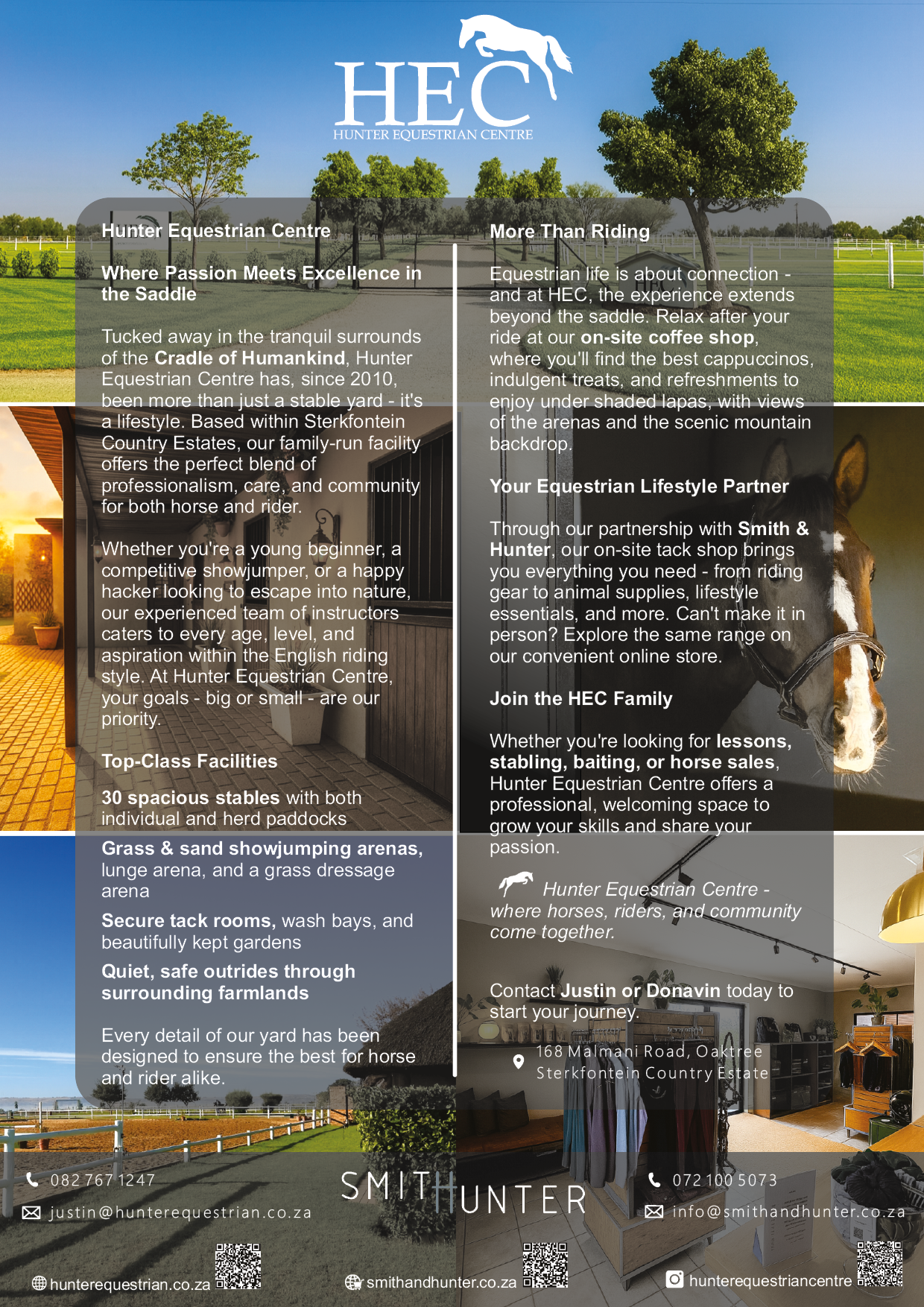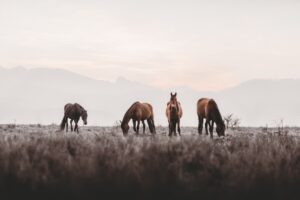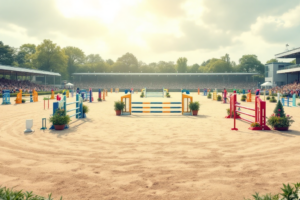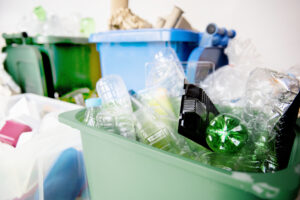Breaking Free from Traditional Training Myths.
Horse Learning Theory challenges the status quo, pushing us to rethink the way we approach horse behaviour and training. It’s not about dominance or old fashioned drills; it’s about understanding the psychology of the horse and using that knowledge to build a more cooperative and ethical relationship. This science-backed approach reveals the intricacies of how horses learn, remember, and respond to their environment, opening the door to more effective and humane training practices.
The Horse’s Brain: The Foundation of Learning A horse’s brain, while structurally different from a human’s, shares key similarities with other mammals. It controls bodily functions, processes sensory information, and influences behaviour. The cerebrum, cerebellum, brainstem, and limbic system all play vital roles in how a horse perceives, learns, and responds to its surroundings.
• The cerebrum is the largest part of the brain and is responsible for learning, memory, decision-making, and perception.
• The cerebellum coordinates movement, balance, and posture, ensuring that the horse can move gracefully and respond appropriately to physical cues.
• The brainstem regulates basic life functions such as breathing, heart rate, and digestion.
• The limbic system plays a key role in emotional processing and memory, influencing how a horse reacts to fear, reward, and training stimuli
Understanding these brain structures reveals that horses can learn, remember, and even problem solve in their own unique way. This insight is crucial for trainers to develop methods that align with the horse’s natural abilities, enhancing the training process. Moreover, the horse’s nervous system connects the brain to the body, delivering sensory information like sight, sound, touch, and smell for processing. For instance, horses rely heavily on their excellent peripheral vision and sharp hearing to detect potential threats in their environment. This sensory processing plays a significant role in how horses react to stimuli during training.
Classical Conditioning: Building Associations Classical conditioning involves creating an association between a neutral stimulus and an unconditioned stimulus that naturally produces a response. For example, if you consistently pair the sound of a clicker (neutral stimulus) with food (unconditioned stimulus), the horse will eventually associate the clicker with food and respond to the clicker alone. This concept is especially useful in teaching horses to respond to specific cues or signals. Riders and trainers often use classical conditioning to link a verbal or physical cue to a desired action, such as a word or a hand gesture. Over time, the horse learns to anticipate the action that follows the cue, making the training process smoother and more intuitive.
Operant Conditioning: Shaping Behaviour Through Consequences Operant conditioning is based on the idea that behaviours are influenced by their consequences. In horse training, this involves using positive reinforcement (adding a pleasant stimulus) to encourage desired behaviours or negative reinforcement (removing an unpleasant stimulus) to reinforce certain actions. For example, releasing pressure when a horse moves forward on cue reinforces the desired behaviour, teaching the horse to associate forward movement with the release of pressure. Positive reinforcement, such as rewarding a horse with a treat or praise for completing a task, strengthens the association between the desired behaviour and the outcome. Negative reinforcement, on the other hand, might involve the release of leg pressure when a horse starts to move forward, reinforcing the correct response. Understanding the balance between these two forms of reinforcement is key to ensuring that training remains consistent and effective. For instance, trainers need to be aware of the importance of timing in reinforcement. If the reward or release of pressure happens too late, the horse may not connect it to the desired behaviour, leading to confusion.
Habituation and Sensitisation: Refining Responses Habituation refers to the process of diminishing responses to repeated stimuli that are neither rewarding nor harmful. Horses may become habituated to sounds or movements in their environment, reducing their tendency to react in fear. For example, a horse might initially be startled by the sound of a tractor but after repeated exposure will learn to ignore it. On the flip side, sensitisation occurs when repeated exposure to a stimulus increases a horse’s responsiveness, making it more sensitive to particular cues or signals—such as moving off the leg more easily after consistent practice. Both processes can play important roles in training, with habituation helping horses become accustomed to non-threatening stimuli and sensitisation refining their responsiveness to specific cues used in training.
Desensitisation: Overcoming Fear Responses Desensitisation is a technique within learning theory that reduces a horse’s fear or anxiety response to a specific stimulus. By gradually and carefully exposing the horse to the stimulus, such as a flapping tarp, the horse becomes accustomed to it without triggering a fear response. This method is crucial in training as it helps create a calm, confident horse less likely to react unpredictably in stressful situations. For example, a horse that is initially afraid of plastic bags can be desensitised by slowly introducing the bag at a safe distance and then progressively bringing it closer, allowing the horse to observe and interact with it at its own pace. Over time, the horse learns that the stimulus poses no threat, reducing its fear and reaction.
Trial and Error Learning: How Horses Learn Through Experience Horses also learn through trial and error, where they experiment with different behaviours to figure out what works. For instance, if a horse learns how to open a stable door and is rewarded with freedom, it will repeat the action. This type of learning highlights how horses engage in problem-solving and adapt their behaviours based on outcomes. This process underscores the importance of patience in training. Horses may not always get it right the first time, but through repetition and guidance, they can learn complex tasks and respond appropriately to their environment.
Reinforcement and Timing: The Art of Precision Effective training hinges on the precise timing of reinforcement. When a horse is rewarded immediately after a behaviour, it’s more likely to repeat that action, leading to consistent and reliable responses. However, timing alone isn’t enough—ethical considerations are equally crucial. Training should always prioritise the horse’s welfare, avoiding any form of abuse or excessive pressure. By combining clear, timely reinforcement with humane methods, trainers can build trust and respect, ensuring that the journey to achieving results is as important as the results themselves. This approach fosters a positive, productive relationship where the horse’s well-being is always front and centre.



